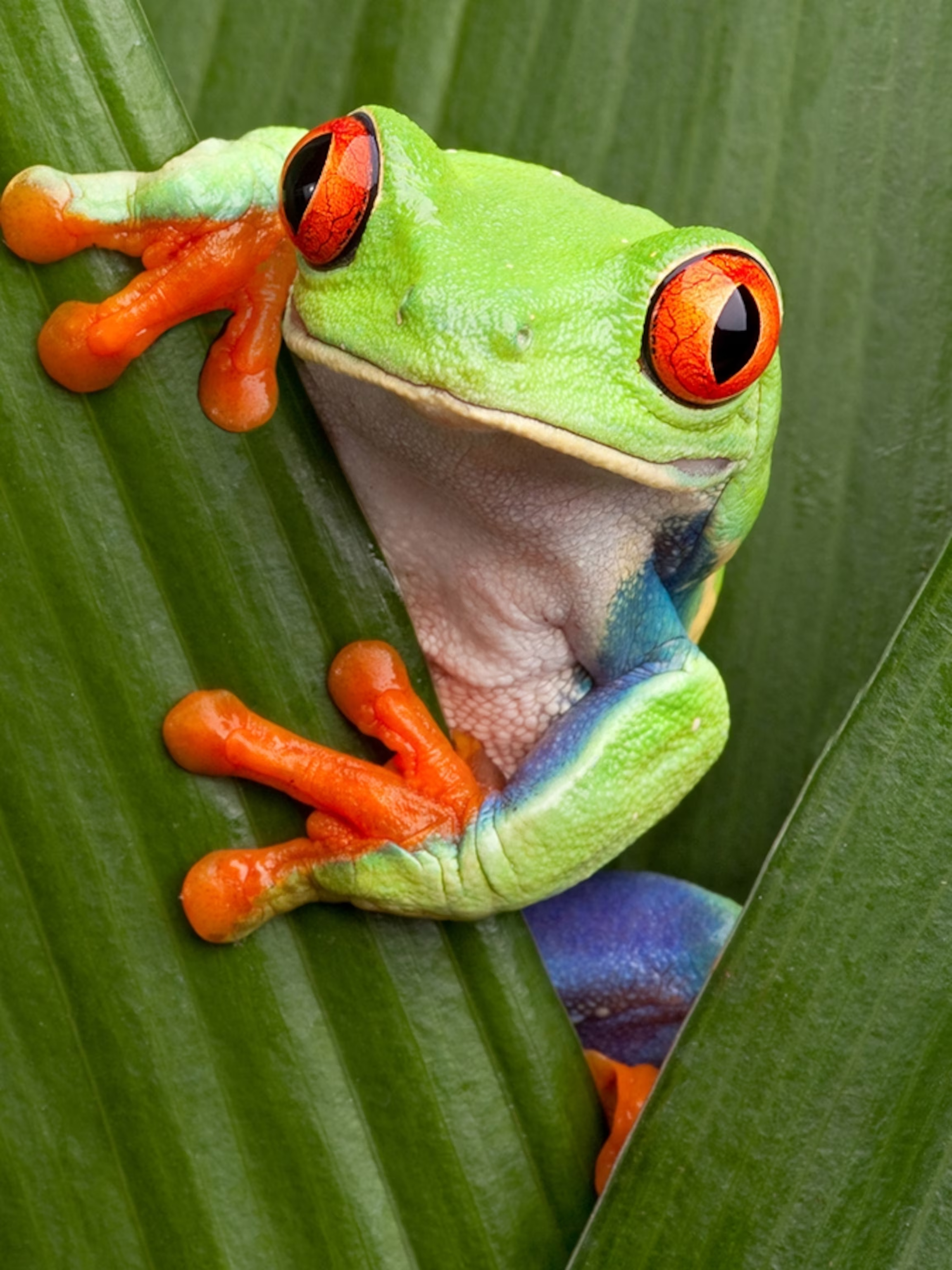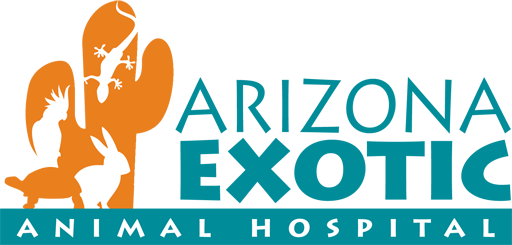Red-Eyed Tree Frog Care
Natural history:
Red eyed tree frogs are a small (2.5-4"), beautiful species of arboreal tree frog native to the rainforests of Central America and northern South America. Females are larger than males and this species can live 8+ years with proper care.
Enclosure size:
A taller enclosure providing vertical space for climbing is recommended, with a minimum size of 24"H, 18" W and 18" L is recommended for a single adult, with larger recommended for group housing of 2-4 individuals.
UVB lighting:
Low level (tropical or shade dwelling) UVB lighting for 10-12 hours daily is recommended but excessive UVB lighting may contribute to eye disorders in captivity. The UVB bulbs should be replaced every 6-12 months. 
Substrate:
A bioactive substrate with leaf litter, sphagnum moss and live isopods and springtails is recommended and live plants can aid in providing hides, security and increasing humidity. Wood branches and vines can be provided for climbing.
Temperature:
Normal room temperature (70-78F) is ideal for this species. Avoid temperatures over 80-82F.
Humidity:
A general range of 60-80% humidity is ideal with excellent ventilation and a constant water dish large enough for the frog to soak in with dechlorinated water should be maintained in the enclosure at all times and changed daily. Misting by hand 2-3 times daily or an automated misting / fogging system can be utilized to achieve this. Be sure to use a water conditioner to remove chlorine and chloramines.
Diet / feeding:
A variety of gut loaded feeder insects should be fed (this can include crickets, mealworms, waxworms, dubia roaches, etc). Dust insects with a calcium carbonate powder without vitamin D3 twice weekly immediately prior to feeding, and a multivitamin such as Reptivite with D3 once weekly. Reptivite is recommended as it contains pre-formed vitamin A compared to other multivitamin sources that contain beta carotene. Feed insects the size of or smaller than the width between the frog's eyes. Juveniles should be fed daily, while adults can be fed every 2-3 days and are prone to obesity with daily or excessive feeding.
Handling:
Only handle your frogs when necessary, and be sure to wear non-powdered gloves moistened with dechlorinated water when handling.
When to seek veterinary care:
Annual examinations and fecal testing are recommended for all frogs. A minimum of 3 month quarantine and 3 negative fecal samples are recommended prior to introducing new frogs to a bioactive enclosure that cannot be easily sanitized. Any frog that is lethargic, bloated/distended in the belly, not eating, has abnormal skin discoloration or other concerns should be seen immediately.



